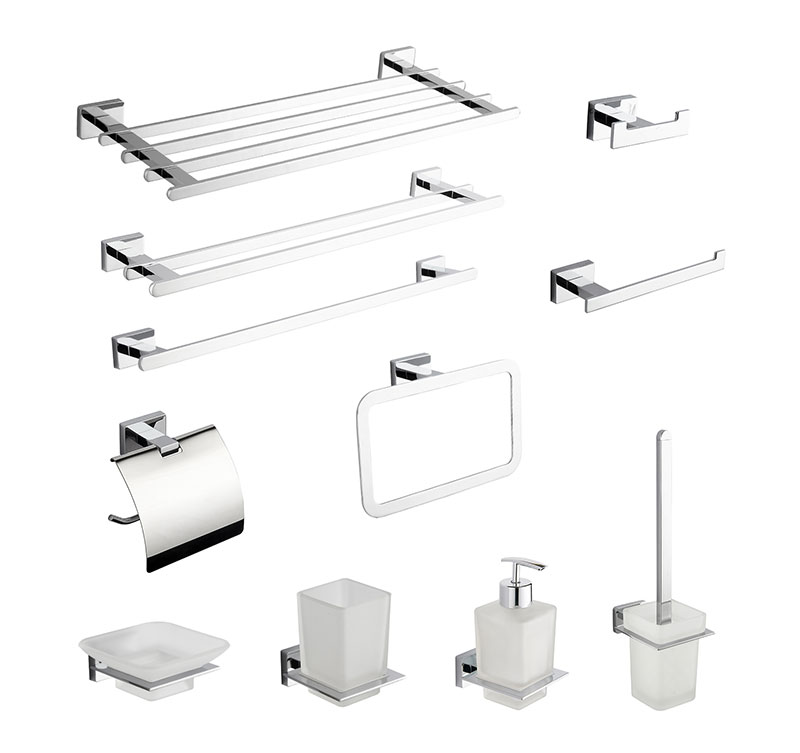BGL towel racks are packaged in a variety of ways, aiming to protect the product from damage during transportation and storage, while also taking into account environmental protection, cost and user experience. The following are some common towel rack packaging methods in BGL factory production:
Carton packaging: This is one of the most common packaging methods. It uses a box made of paper material. There may be paper or foam plastic supports inside to fix the towel rack and prevent it from moving or being damaged during transportation.

Foam packaging: Foam material can absorb shock very well and is often used as a cushioning material for towel racks. It is placed inside the carton to wrap the towel rack to provide additional protection.
Plastic packaging: Some towel racks may be wrapped directly in a plastic bag or plastic bubble wrap and then placed in a carton. This method can prevent dust and moisture and protect the surface of the towel rack from scratches.

Cloth bag packaging: In order to increase the high-end feel of the product, some towel racks may be put into cloth bags first and then packaged in other ways. Cloth bags also help protect against dust and scratches.
Combination packaging: In practical applications, in order to maximize the protection of the product, a combination of the above packaging materials is often used to package the towel rack. For example, the inner layer uses foam or plastic packaging to protect the product, and the outer layer uses a carton for packaging to ensure that it is Safety in the logistics process.

Environmentally friendly packaging: With the increasing awareness of environmental protection, more and more manufacturers are beginning to use recyclable materials or easily degradable materials to package towel racks, such as using recycled cardboard, biodegradable plastics and other environmentally friendly materials.
When choosing a packaging method, you can consider factors such as cost, product characteristics, target market demand, and environmental protection requirements to ensure that the product reaches your customers safely, economically, and environmentally friendly








